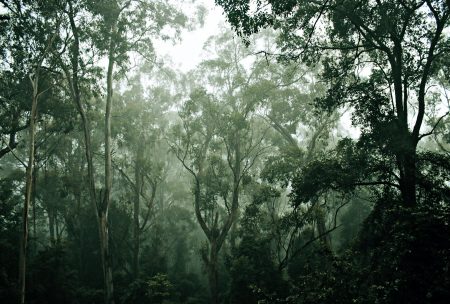Climate reverses directionality in the richness–abundance relationship across the World’s main forest biomes
Madrigal-González et al. 2020 It is critical that forest restoration is informed by the best possible science, to maximise carbon storage and other benefits over the long term. There are two competing hypotheses about whether the number of tree species or tree abundance is more important for maximising forest carbon storage. This study tested these […] November 30, 2020
Madrigal-González et al. 2020
It is critical that forest restoration is informed by the best possible science, to maximise carbon storage and other benefits over the long term. There are two competing hypotheses about whether the number of tree species or tree abundance is more important for maximising forest carbon storage. This study tested these hypotheses along global climatic gradients, using data from over 3000 plots in natural, unmanaged forests within protected areas.
The authors found that the effects of tree diversity (more species) dominated in more productive environments, whilst the effects of abundance (more individuals) prevailed in the most limiting environments. Hence, in less productive environments, to maximise carbon storage, restoration or afforestation projects should prioritise abundance of locally adapted, stress tolerant tree species, over increasing tree species richness. However, this is just one of many factors that must be taken into account when choosing tree species to restore or plant – local ecological and physical conditions, as well as the priorities of stakeholders like recreation or timber production, must all contribute to forestation planning.
Read the paper here.
